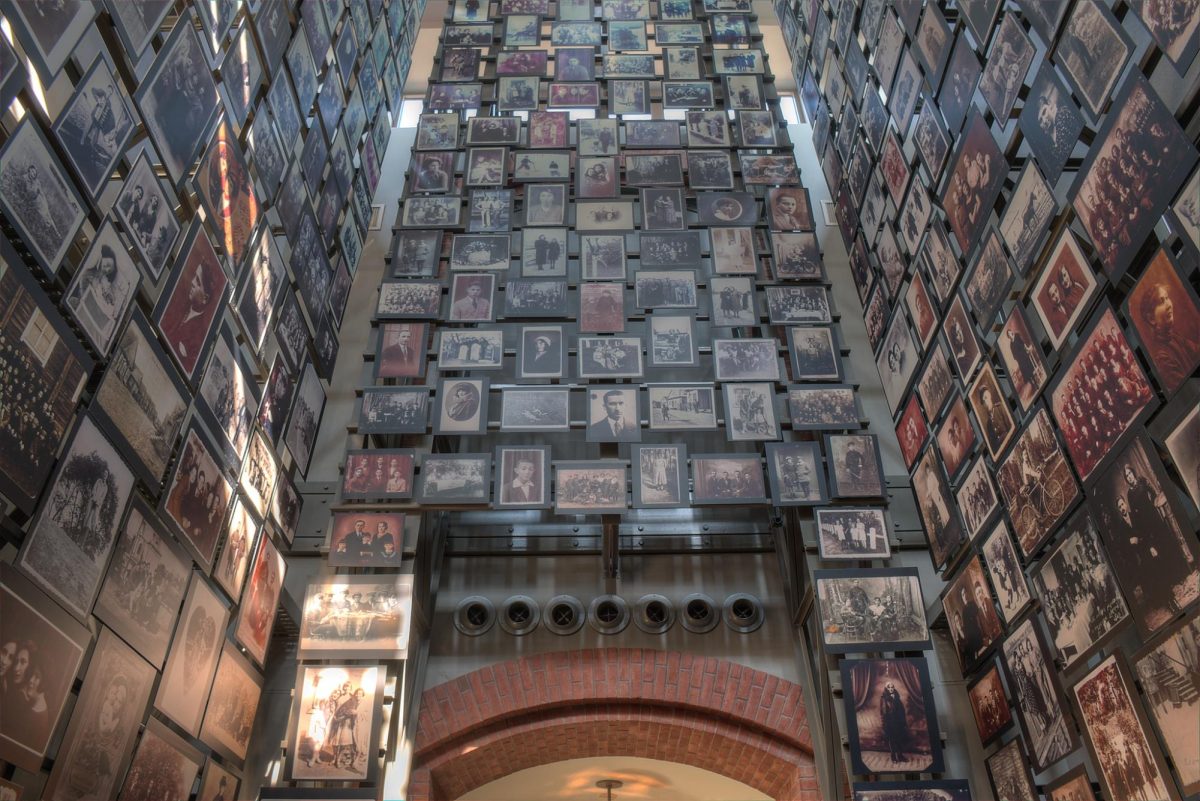Over the past decades and centuries women and men have been placed in certain slots. Until 1919, women still could not vote because their expected job was to have children and take care of their home. The expected role of a man was to work and make money for the family. Although the gender gap has slightly closed, it is still apparent in many areas of life, including fashion, media, and politics. This issue is an ongoing problem that affects everyone’s daily lives and should be resolved.
In the 50’s TV sitcom “I Love Lucy”, the main character Lucy was always being depicted as clumsy and dramatic, while her husband was “patient, hardworking and brave”. This was America’s No. 1 TV show, with 11 million families tuning in to watch every week during it’s seven-year run. This was just the beginning of the gender gap in the media. According to the reporter Dana Liebelson, today 73.5% of family movies are presented with a male narrator and the ratio of men to women in children’s TV shows is 2.25 to 1. For this ratio to shrink, women and men need to step up and not get locked into stereotypes.
 Although no companies or organizations have come forward with solutions to this problem, some organizations such as the Women’s Media Center (WMC) have brainstormed some ideas. Organizations like this get the word out especially when they have a celebrity voices supporting the cause. Julie Burton, President of WMC said, “Media companies should establish goals for improving their gender diversity and create both short-term and long-term mechanisms for achieving them. They should ask themselves why their newsrooms aren’t 50 percent women and what steps they need to take to get there.”
Although no companies or organizations have come forward with solutions to this problem, some organizations such as the Women’s Media Center (WMC) have brainstormed some ideas. Organizations like this get the word out especially when they have a celebrity voices supporting the cause. Julie Burton, President of WMC said, “Media companies should establish goals for improving their gender diversity and create both short-term and long-term mechanisms for achieving them. They should ask themselves why their newsrooms aren’t 50 percent women and what steps they need to take to get there.”
Trying to make these changes in the media, the WMC did a study on the gender gap and took some polls that showed that men in journalism are more likely to write or report on topics of politics, criminal justice, science, sports and technology, and women on fashion, food and art. “With the 2016 presidential election already under way, this is especially problematic,” Burton said.
In the political world, only 18 percent of women participate in “leadership positions in the US government” such as executive officers and board directors, according to an American University study. The study, “Men Rule,” explained the on-going gender problem in politics by listing the top seven factors that contribute to the gender gap. Some of these factors include that women are still responsible for the majority of childcare and household tasks (cooking, cleaning etc.) and that potential female candidates are less competitive, and less confident, against their male counterparts. Over past presidential races, women have been known to talk a lot about their children, grandchildren while the men candidates have stuck to the “serious stuff”.
During the current presidential campaign, Hillary Clinton is focusing her campaign on what people call women’s issues (pay equality, child care, family leave etc), but she considers them as economic issues that affect all Americans, although the other men running are not. The current Speaker of the House of Representatives, Paul Ryan mentioned his need for family time, which many men saw as weak. In a Republican debate this year, Chris Christie’s ‘throwback to the 50’s quote’ sparked a lot of attention, “Think about the mothers who will take their children tomorrow morning to the bus… Think about the fathers who tomorrow will head off to work…”
Anne Slaughter the CEO of New America, left the State Department to spend time with family gave her opinion on this subject. “I think what is changing is, this is the year of the family, and that means more attention on how you support the family with policies for women and men.” In 2012, Obama (D) won the election with 55% women voters, while Romney (R) lost with 52% men voters.
Contrary to politics, women are more powerful and accepted in the fashion industry. Gucci, a 95 year old clothing company decided to end the separation of sexes. Currently, mens and womens runway shows and styles are divided. During Fashion Week, it is prominently womens clothing worn by women, and some men featured wearing men’s clothing. These choices made by designers since the beginning of fashion shows, are starting to make a big impact on expense and social issues. With the rise of unisex clothing and trends, some of the bigger brands like Gucci, Burberry and Tom Ford will have both men and women in one show (equally).

Marco Bizzarri the chief executive of Gucci said, “Moving to one show each season will significantly help to simplify many aspects of our business. Maintaining two separate, disconnected calendars has been a result of tradition rather than practicality”.
One show with both genders will save money for the company and bring a more androgynous side to it. Androgyny is a combination of male and female characteristics. “It is really being looked to as a trailblazer in the industry. That makes this move potentially the most disruptive change yet.”, said Julie Gilhart, former fashion director of Barneys NY. What surprised me the most is the difference of salary between men and women. In 2014, now retired model Gisele Bundchen got paid $47 million while Sean O’Pry another successful model made $1.5 million.
In conclusion, this problem impacts everyone and needs to be resolved. The organizations and brands listed above are great examples of moving in the right direction.
By: Holden Davitian

































































